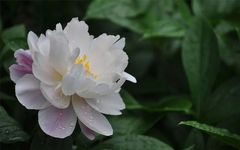This official WeChat account is managed by the Hunan Provincial Administration of Traditional Chinese Medicine. If you have not followed us yet, please click the blue “Hunan Traditional Chinese Medicine” above to follow.
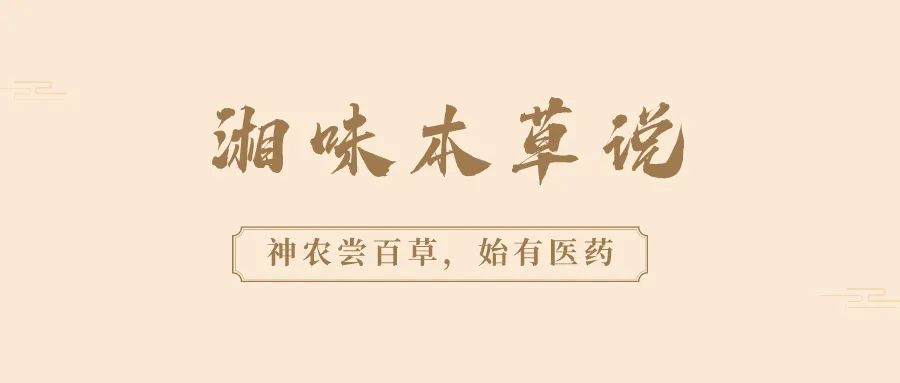
Bai Shao (White Peony)

“Bai Shao” in Poetry
As the jade curtain rolls up at night, the fragrant lady leans against the jade tower.With the warm wind and bright moon, she seems to fall,Faintly recalling a dream in Yangzhou. ——Qing Dynasty, Sai Er He, “Bai Shao Yao”
 About Bai Shao
About Bai Shao
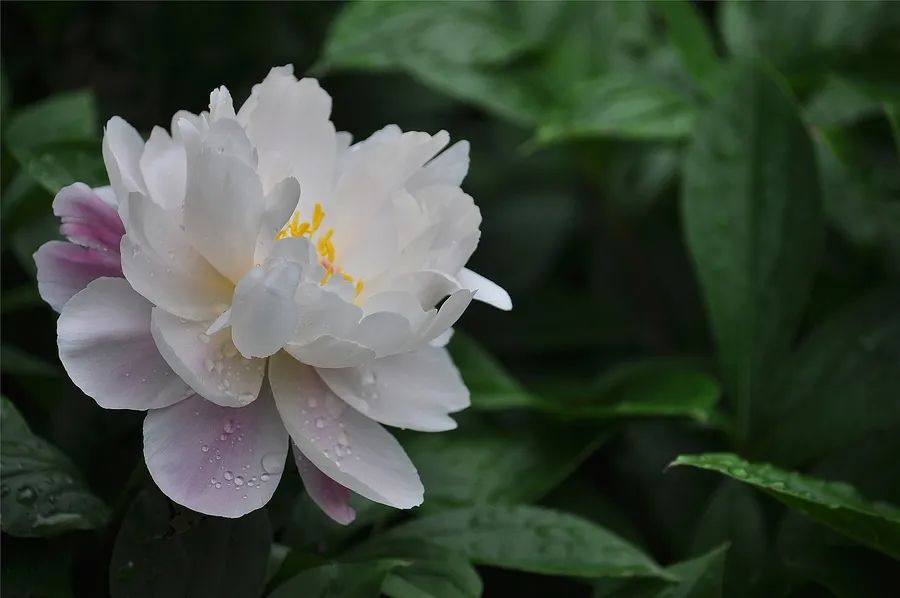
Bai Shao, also known as Shao Yao, Latin name: Paeonia lactiflora Pall. It is a perennial herb of the Ranunculaceae family and the Paeonia genus. The roots are robust, with black-brown branches, hairless. The lower stem leaves are twice pinnate, while the upper stem leaves are thrice pinnate; the leaflets are narrow-ovate, elliptical, or lanceolate, with a gradually pointed apex, wedge-shaped or oblique base, and white, bony serrations along the edges, hairless on both sides, with sparse short soft hairs along the leaf veins on the back. The root is used medicinally and is called “Bai Shao,” which can relieve pain, spasms, dispel blood stasis, and regulate menstruation.
The name Shao Yao was first recorded in the “Shen Nong’s Herbal Classic,” and since Tao Hongjing, it has been divided into Bai Shao Yao (White Peony) and Chi Shao Yao (Red Peony). The medicinal Bai Shao Yao is mostly cultivated, while Chi Shao Yao is often wild.
Traditional Chinese Medicine (TCM) believes that Bai Shao is a medicine that nourishes the middle jiao, often used with roasted licorice (Zhi Gan Cao) to treat abdominal pain. For abdominal pain in summer, add a little Huang Qin (Scutellaria baicalensis); for pain with fever, add Huang Bai (Phellodendron amurense); if there is cold abdominal pain, use 1 part Rou Gui (Cinnamon) and 2 parts Bai Shao, and 1.5 parts Zhi Gan Cao. This is a divine medicine from Zhongjing. For severe cold abdominal pain in winter, use 1.5 parts Gui and 2 cups of water, decoct to 1 cup for consumption. The “Secret of Treatment” states: it is cold in nature, sour in taste, thick in qi and thin in flavor, ascending and slightly descending, yin within yang. Its uses are sixfold: calming the spleen meridian, treating abdominal pain, collecting stomach qi, stopping diarrhea and dysentery, harmonizing blood vessels, and solidifying the pores. Bai Shao and Chi Shao are used to drain the liver and nourish the spleen. Soaking in wine enhances its effects and stops abdominal pain in the middle jiao. The skin should be removed before use.

Bai Shao: The dried root of the herbaceous plant Peony of the Ranunculaceae family.
【Properties and Taste】Bai Shao is bitter, sour, slightly cold, and enters the liver and spleen meridians.
【Functions and Indications】Nourishes blood and astringes yin, softens the liver and alleviates pain. It calms the liver, alleviates pain, nourishes blood, regulates menstruation, astringes yin, and stops sweating. It is used for headaches, dizziness, flank pain, abdominal pain, limb cramps, blood deficiency with sallow complexion, irregular menstruation, spontaneous sweating, and night sweats.
 Dietary Health
Dietary Health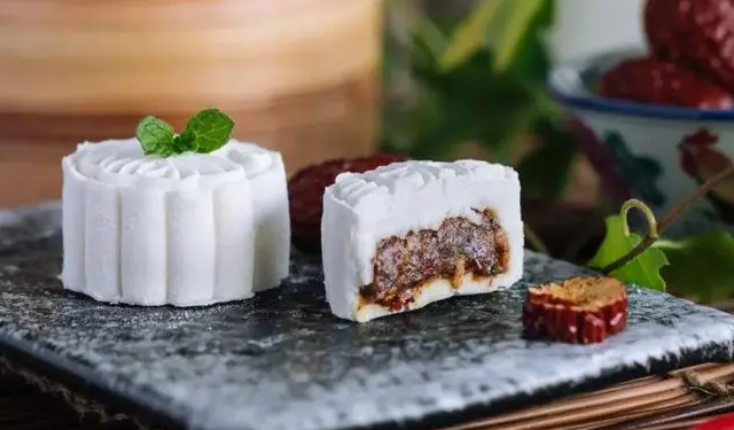 Bai Shao and Red Date Cake
Bai Shao and Red Date Cake
Ingredients:30g Bai Shao powder, 10 red dates, appropriate amount of brown sugar, 200g glutinous rice flour
Method:Remove the pits from the red dates and chop them; mix Bai Shao powder, chopped red dates, glutinous rice flour, and an appropriate amount of brown sugar, adding enough water to stir evenly; then pour the mixed batter into a pre-prepared steamer and steam over high heat until cooked; then let the cake cool to room temperature before cutting into pieces for consumption.
Effects:This cake can nourish blood and beautify the skin, regulate menstruation, reduce swelling, and benefit the spleen, suitable for symptoms such as abdominal pain during menstruation, cold pain, and deficiency of qi and blood.

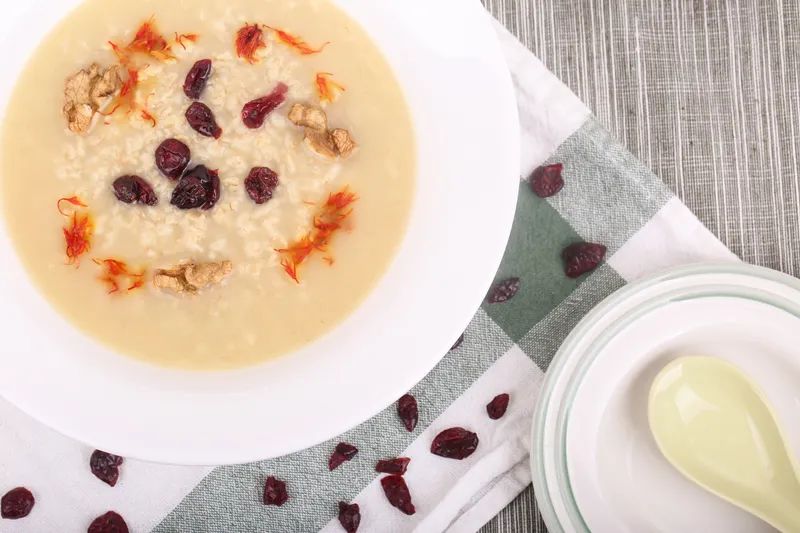
Bai Shao and Honey Date Porridge

Ingredients:10g Bai Shao, 10 honey dates, 100g glutinous rice, appropriate amount of rock sugar
Preparation:Wash Bai Shao and set aside; pit and chop the honey dates, wash the glutinous rice, and place it in a pot with an appropriate amount of water; cook until the glutinous rice porridge is done, then add Bai Shao and honey dates, simmer on low heat for another 20 minutes; finally, add an appropriate amount of rock sugar and stir until completely dissolved.
Effects:This porridge has the effects of moistening the lungs and stopping cough, tonifying the spleen and stomach, and beautifying the skin, suitable for those with chronic cough, weak constitution, and insufficient qi and blood.
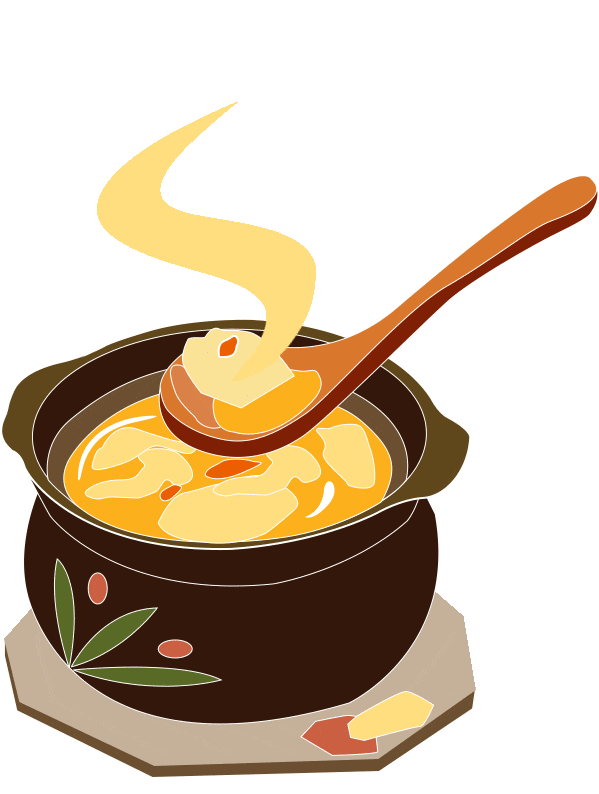 Precautions
Precautions
1. Bai Shao is cold in nature, and excessive consumption may irritate the stomach and intestines, leading to bloating and diarrhea.
2. Bai Shao is cold and may cause uterine contractions; pregnant women taking Bai Shao may experience premature labor.
3. Patients with urticaria should also avoid Bai Shao.
Submitted by | Shaodong City Traditional Chinese Medicine Hospital
Edited by | Hunan Provincial Administration of Traditional Chinese Medicine Planning and Comprehensive Department
—THE END—

Official WeChat of Hunan Provincial Administration of Traditional Chinese Medicine

Scan the QR code | Follow us
Official website: http://tcm.hunan.gov.cn

